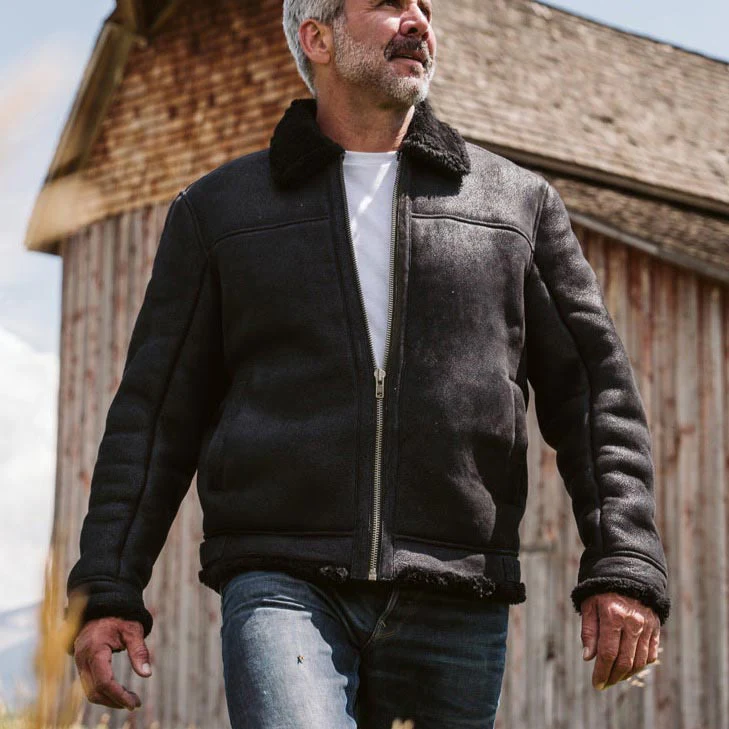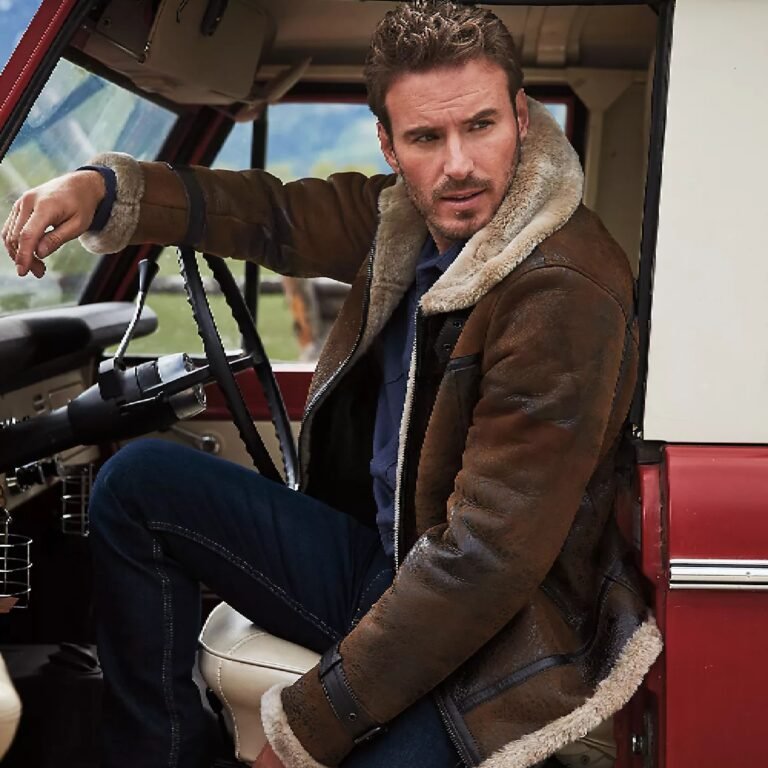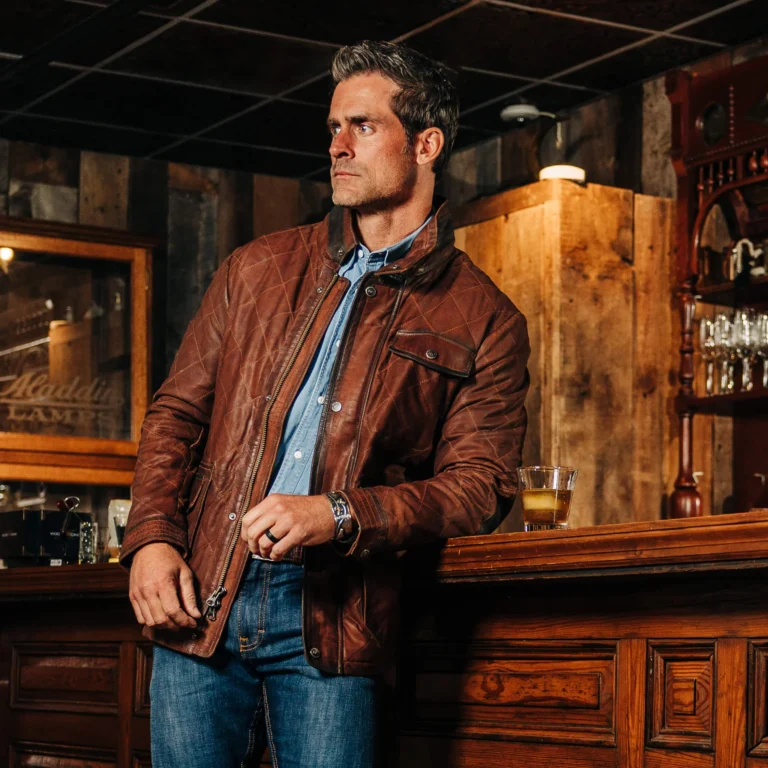Who Invented the B-3 Bomber Jacket?
The Origins of the B-3 Bomber Jacket
The B-3 bomber jacket emerged during World War II, a pivotal era that demanded innovative solutions for the harsh conditions encountered by military personnel. Specifically, the United States Army Air Forces recognized the need for reliable and durable outerwear to protect pilots and aircrew from extreme cold at high altitudes. As aircraft technology advanced, with planes reaching altitudes that exposed operators to frigid temperatures, it became imperative to create an insulated garment that could withstand these elements while allowing for adequate mobility and comfort.
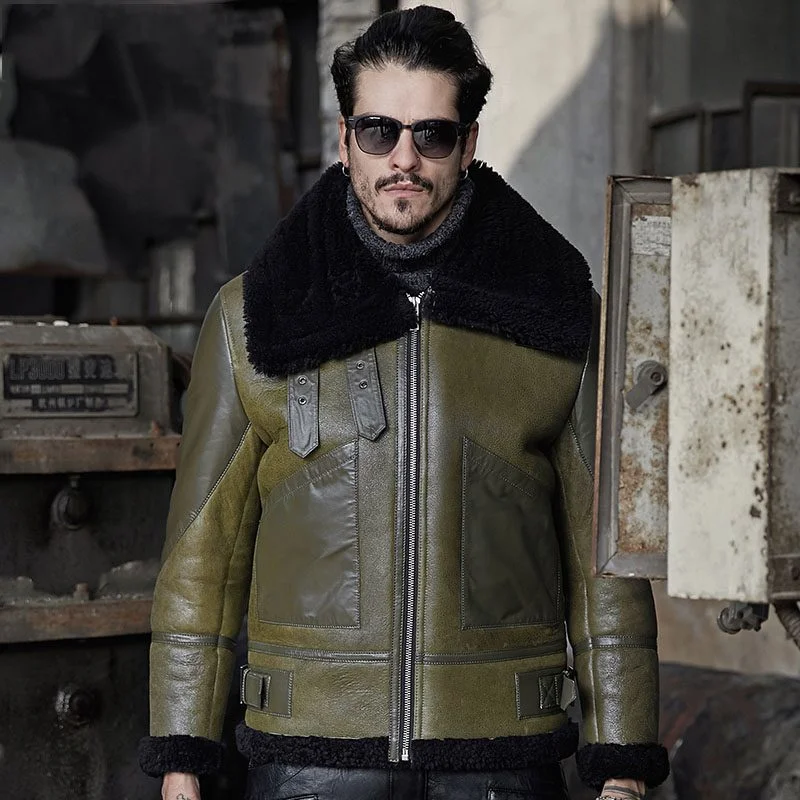
Historically, the evolution of bomber jackets began with simpler designs, such as the A-1 and A-2 jackets, which featured lighter materials and less insulation. While these earlier variations served their purpose, they could not provide sufficient warmth for the increasingly demanding conditions faced by aviators. In response to this need, the B-3 bomber jacket was developed. Constructed primarily from high-quality, durable leather and lined with sumptuous shearling, the B-3 not only offered exceptional insulation against cold weather but also provided a robust defense against wind and moisture.
The introduction of the shearling lining represented a significant advancement in garment design, as it effectively trapped body heat, ensuring pilots remained warm during long missions. The exterior leather was treated to enhance its resilience, making it suitable for the rigors of flight and ground conditions alike. This blend of materials marked a crucial transition in the functionality and aesthetic of military outerwear, establishing the B-3 as a quintessential piece of aviation history. Over time, the B-3 bomber jacket has transcended its military origins, becoming a symbol of rugged style and durability within popular culture.
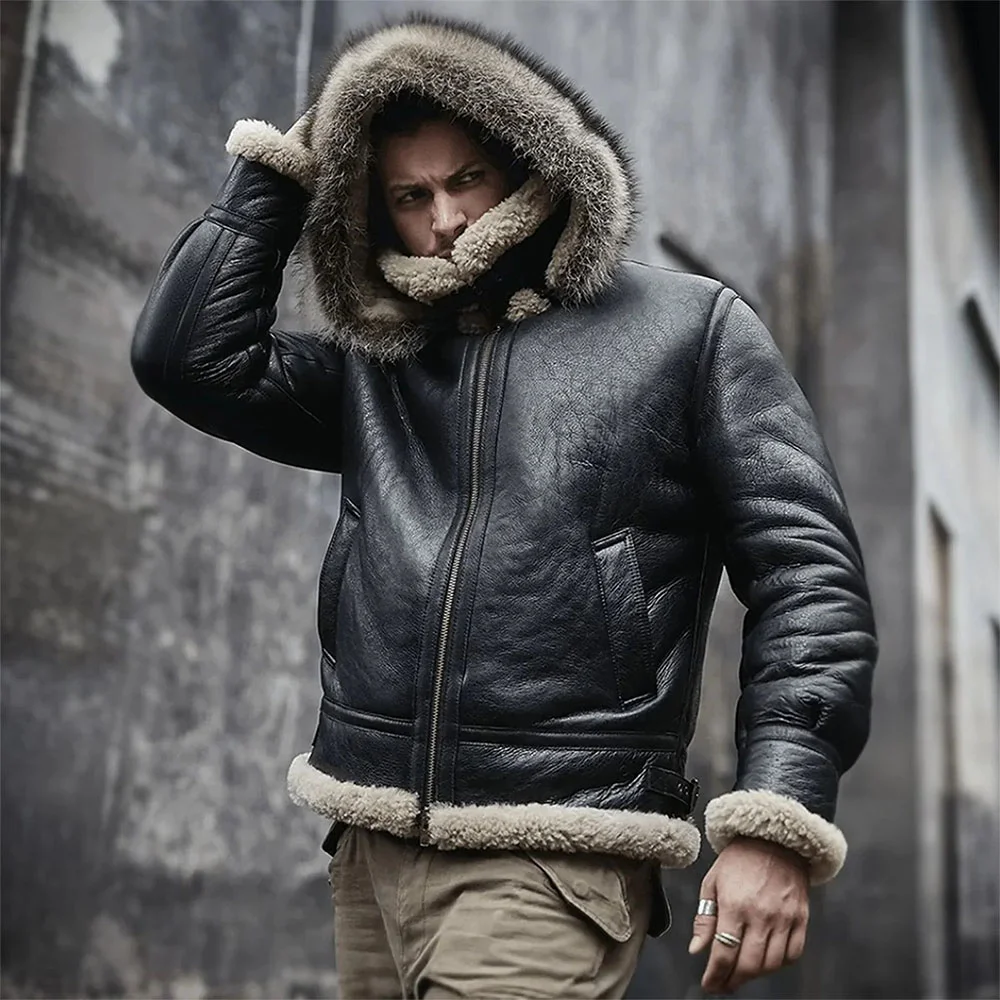
The Innovators Behind the B-3 Design
The B-3 bomber jacket, celebrated for its distinctive style and functionality, owes its existence to the visionary efforts of several key figures and manufacturers. Initially developed during World War II for U.S. Army Air Forces pilots, the jacket was designed to provide warmth and protection in the harsh environments of high-altitude flights. Among the notable innovators was the U.S. Army Air Forces itself, whose need for a robust and insulated aviation jacket led to the creation of the B-3 design.
One of the pivotal contributors was the Eastman Leather Clothing Company, established by Charles Eastman. This company played a significant role in the production and post-war popularity of the B-3 bomber jacket. Known for its exceptional craftsmanship, Eastman Leather was responsible for producing high-quality leather garments during and after the war, solidifying its reputation in the aviation apparel market.

Furthermore, the B-3 bomber jacket was influenced by the efforts of design engineers who aimed to improve the jacket’s functionality. They incorporated features such as a thick shearling lining for insulation, a sturdy leather exterior for protection, and military-inspired details that accentuated its utilitarian purpose. The result was a timeless piece of outerwear that transcended its original military use to become a symbol of rugged individualism.
The B-3 Bomber Jacket’s Cultural Impact
The B-3 bomber jacket, originally designed for the United States Army Air Forces during World War II, has undergone a remarkable transformation from a utilitarian military garment to a fashion staple in civilian life. This evolution reflects broader cultural shifts and showcases the timeless appeal of the jacket across various social contexts.

Television shows have also embraced this emblematic piece, showcasing its versatility and ability to adapt to contemporary style.
The jacket’s appeal has transcended its military origins, finding a home in various subcultures ranging from biker gangs to punk rock, illustrating its adaptability and enduring relevance. Celebrities have played a significant role in popularizing the B-3 bomber jacket outside of its military context. From rock stars to Hollywood icons, many have sported this apparel, contributing to its desirability in fashion circles.

In conclusion, the B-3 bomber jacket’s cultural impact is profound, illustrating its journey from military necessity to a celebrated piece of fashion history. Its associations with adventure, rebellion, and heroism ensure its continued prominence in both the fashion industry and popular culture.
Modern Interpretations and Variants of the B-3 Jacket
The B-3 bomber jacket, originally designed for functionality during World War II, has undergone extensive remodeling in contemporary fashion. Modern interpretations have reimagined this iconic piece while maintaining its historical significance.

The modern B-3 jacket is also available on bravohide in a range of colors, moving beyond the traditional brown and tan tones. Designers have experimented with hues such as navy, olive, and even more vibrant shades to cater to the evolving tastes of consumers.
A notable trend is the resurgence of vintage styling, where enthusiasts seek authentic replicas that closely resemble the original design. As a result, discerning consumers must navigate a market filled with both faithful reproductions and innovative interpretations

